Site update! We are approximately halfway through the field season here and things are moving along very smoothly. In Area E, where most of our focus has been, we have excavated down to a context between the 1410 and 1300 tephra layers. Making it to this level was one of our goals for the season, but we’re not stopping here. So far we have recovered loads of animal bones, including sheep, cows, fish, and birds. These bones will be analyzed back at the zooarchaeological lab at Hunter College by Megan Hicks, where she will identify as many as possible to the species taxanomic level.
In Area H we have excavated down approximately 20cm from where we began. At this point we are down to the early/mid 17th century and over the course of the next two weeks should get to the Viking Age. One good way to track how far back in time we have gone, besides tephrachronology, is by using artifact typologies. In this case, clay smoking pipes prove particularly useful, and in Area H we have recovered numerous such pipes. In some cases the clay pipe will even have a “maker’s mark” stamped on it somewhere, making it relatively easy to date. A picture below shows one of the pipe bowls we found in Area H, along with a close-up of its maker’s mark. Besides the pipe, I’ve included a couple other of the 200 or so artifacts we have recovered so far.
I’ve included a brief video here to bring you up to date with how the site is looking and what people are up to. This is basically how the site looks and operates on a day to day basis. The video project is still moving along nicely. I haven’t been posting many videos because the format (.MOD) of my video camera is not Vimeo compatible. The clips I have posted were shot with my little digital camera, in .AVI. Of course when I get back to New York and begin the editing process I will be posting more video footage.
One might wonder what is taking us so long to dig a couple of large rectangular holes in the ground. Well, the process of excavating is a slow one. The reason for the time consuming nature of the process is that we must strictly control and record the stratigraphy as we remove it. This includes removing each stratigraphic layer one at a time and recording them individually (single context recording). By removing the layers one at a time, we are essentially recreating the ground surface as it existed at various times back into history. Also, each layer must be drawn and photographed, and all the soil sieved through 4mm mesh, with all the bones, artifacts, and soil samples recorded as well. In the process we do find cool things, but that is only a tiny part of what we’re doing. As noted above, we are also very interested in the floral and faunal evidence, site formation processes, structures, etc. Since archaeology is destruction, maticulously recording every step is critical to the process.
With a little over two weeks left, we have a lot of work yet to do. More updates with pictures and videos to come.
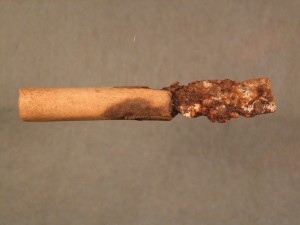
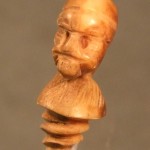
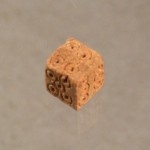
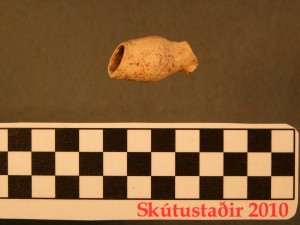
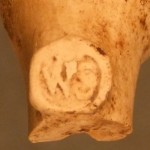
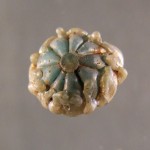


So this is in Iceland? Pretty neat to see someone take the time to blog about it. I do look forward to seeing more updates. So Aaron, all this work goes into curriculum?
[…] found stuff! After last week’s disappointing day at the farm this week gave us some bones, smoking pipes and an awesome bone die (amongst many other things). And VIDEO! Sorry to go all caps lock crazy, but Turf Walls has […]
Hi Meg! Yes, that is one of the goals of this little video project, to create some footage that can be used for teaching. I’ll let you know how it all goes. Everyone says hi!
Great idea to do a blog, Aaron! It’s neat to see the crew at work. Hello, everybody! Will this become a QC teaching tool…?